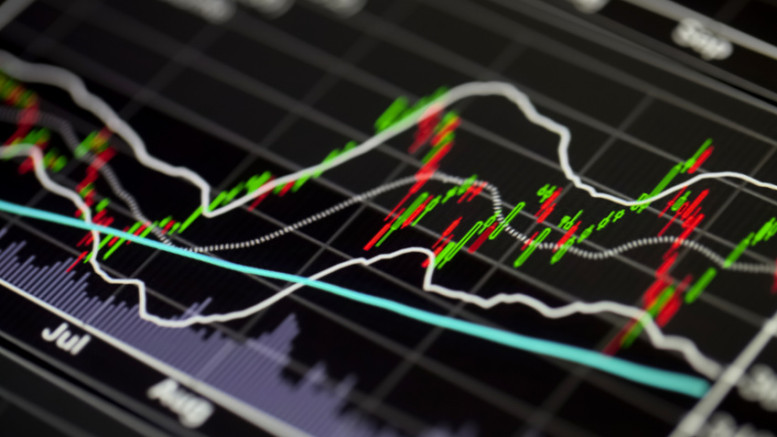The Contract for Difference trading, often referred to as CFD trading is a transaction between two parties who agree to exchange on the difference in a contract’s opening and closing price. Individuals may use CFDs to speculate and trade on the movement of prices for various financial markets whether the prices rise or fall. When trading, the individual can either buy or go long on a CFD market to benefit when the prices do rise or sell the CFDs to take advantage of the depreciation in prices. CFD trading, therefore, gives the great individual opportunities to make profits since it is flexible and does not limit one by the direction prices take. Maximising an individual’s exposure to the market without directly trading underlying assets, will only require a small amount of the individual’s investment.

For an instrument to sell in the CFD market, it must be capable of reflecting the movement of any asset that underlies it. In doing so, the investor can identify the losses or profits depending on which direction the underlying assets takes without the investor necessarily having to own the asset. The CFDs are therefore contracts that exist between the broker and the client and have become rather popular over the years due to the various advantages they present to those willing to engage in CFD trading.
How does it Work?
When engaging in CFD trading, the client does not sell or buy any underlying assets such as currency or other commodities. Instead, the client gets to choose CFDs from various global markets where he or she is at liberty to either sell or buy units for an instrument or a product on the belief that their prices will either appreciate or depreciate. Some of the various products that the client gets to choose from are currency pairs, stock indices, treasuries, commodities and shares. Whenever the price of the instruments moves for the customer by a point, he or she gets multiples of the number of the units sold or bought. However, if the point in prices moves against the client, they end up making losses.
If a customer buys 100 shares of stock valued at an asking price of 25.26 dollars, the customer will be charged 2,526 dollars for the transaction. This is advantageous compared to the cost of the operation that the client had to pay in the past. When dealing with a traditional broker, as was the case in the past, the client needed roughly a 1,263 dollars cash outlay from the trade with an agent who employed a margin of 50 percent. With a CFD broker, however, the client only needs a cash cost of 126.30 dollars since the margin used is only 5 percent.
The point at which CFD trades indicates that a loss equivalent to the spread’s size. For the post of the stock to be at a trade even point, it will have to appreciate by 5 cents if the spread with the CFD broker was 5 cents. The tradeoff seen in the 5-cent appreciation is without having a bigger capital outlay or paying commission as would be the case if the client owned the stock. Since CFD are products of leverage, the customer intends to open a position only has to deposit a small but sizeable percentage of the total value of the trade. They refer this to as trading on margin. Although this magnifies the client’s returns, it also magnifies losses, and the client could make substantial losses if not careful. Companies like CMC markets are however helpful in giving consumers advice on what approaches to take when making decisions related to CFD trading.
The image is showing the position held by customers who choose to trade on margin. Retrieved from, https://www.cmcmarkets.com/en-au/learn-cfd-trading/what-are-cfds
Regardless of the risk of making losses, clients enjoy CFD trading because of the various advantages it presents. In the CFD trading market, the standard position starts as low as 2% is the margin requirement that may rise to 20% depending on the nature of the underlying asset. With a small margin requirement, the client stands to make high potential returns because it requires a minor capital outlay. There is, however, a disadvantage in that the customer is less likely to make a profit from small moves. Due to the payments made for the spread on any entries and exits. The spread also decreases winnings made and increases losses by a modest but significant amount over the actual stock.



